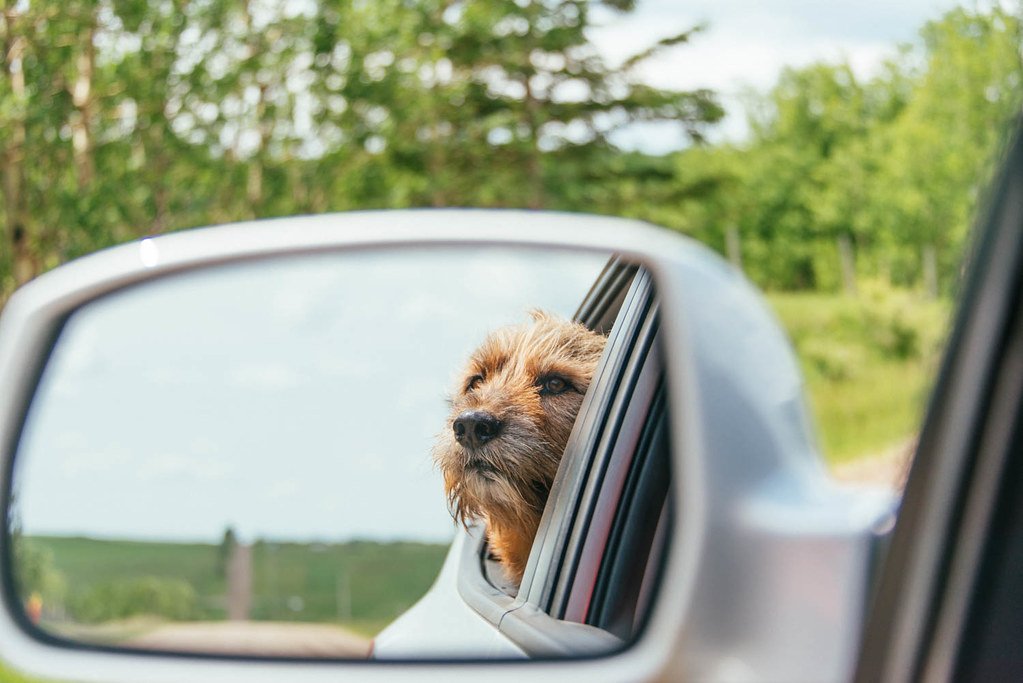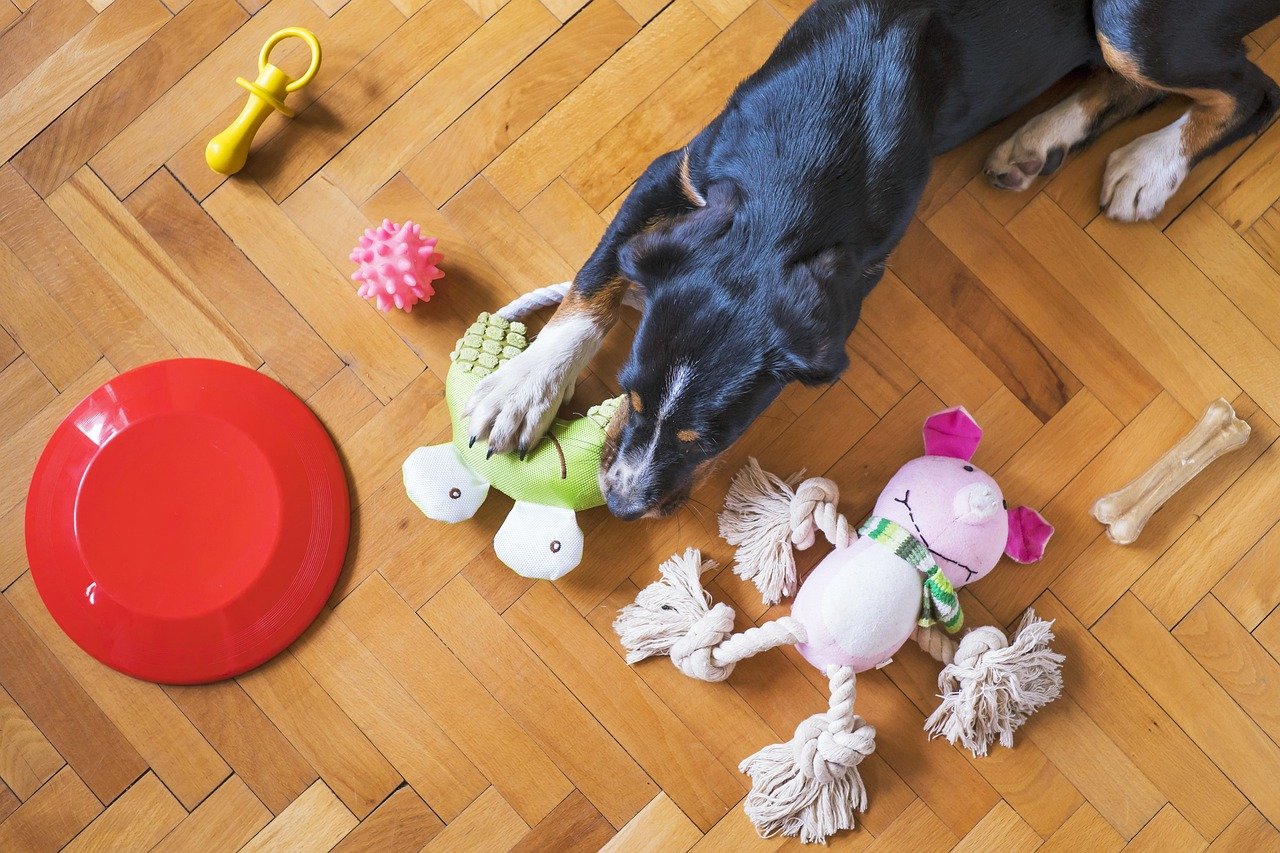Have you ever caught your dog gazing thoughtfully into a mirror or pausing to consider their own reflection in a window? It’s easy to wonder just what’s going on behind those soulful eyes. As someone who’s spent years surrounded by wagging tails and wet noses, I can tell you—dogs are far more self-aware than most people realize. From subtle body language to surprising problem-solving skills, their sense of self is both heartwarming and fascinating. Let’s explore ten captivating facts about your dog’s self-awareness, so you can appreciate your pup on an even deeper level.
1. Dogs Recognize Their Own Scent

Unlike most of us, dogs don’t rely on mirrors to know themselves—they use their super-powered noses. Studies show that when presented with their own scent versus another dog’s, pups spend more time investigating unfamiliar smells. This behavior hints that dogs can actually identify what is “them” and what isn’t.
Next time your dog sniffs around their favorite blanket, remember they’re picking up on their own personal signature. This ability to distinguish themselves from others is a subtle but striking sign of self-awareness, woven right into their everyday routines.
2. Your Dog Can Read Your Emotions—and Their Own
Dogs are masters at picking up your mood, but did you know they can also recognize their own emotional states? When your dog feels nervous, excited, or joyful, you’ll see it in their body language: wagging tails, perky ears, or a tucked tail.
If you notice your dog seeking comfort or becoming withdrawn during stressful moments, it’s their way of expressing self-awareness about their feelings. They’re not just reacting blindly—they’re aware of their own emotional world, just like we are.
3. Mirror Tests Aren’t the Whole Story

Most people believe animals pass a “mirror test” to prove self-awareness, but dogs don’t always react as expected. Rather than recognizing their reflection visually, they use smell and sound to navigate their sense of self.
Don’t fret if your dog ignores their reflection or barks at “the other dog” in the mirror. Their true self-awareness shows up in other, more natural ways—like how they respond to their own scent or recognize their own voice.
4. Dogs Anticipate Their Own Needs
Think about how your dog nudges their empty water bowl or brings you their leash before a walk. These behaviors aren’t just random—they’re signs your dog understands their own needs and can communicate them to you.
This kind of self-advocacy is a beautiful example of self-awareness. It means your dog not only feels hunger, thirst, or the urge to play, but also knows how to ask for what they want.
5. Memory Plays a Role in Self-Awareness

Dogs may not remember last week’s vet visit in vivid detail, but they do retain important memories about themselves. For example, a dog who’s once gotten stuck behind a fence might avoid that spot in the future.
These personal memories affect their choices, showing a kind of self-awareness rooted in experience. When your dog hesitates at a certain spot or happily revisits a favorite toy, they’re tapping into their own lived history.
6. Dogs Understand “Mine” vs. “Yours”

Have you ever noticed how your dog guards their favorite toy or bed? Dogs have a clear sense of ownership, which is a slice of self-awareness. They know which belongings are theirs, and even try to claim your socks as their own!
If your dog gets possessive over food or toys, it’s their way of saying, “This is mine.” Setting clear boundaries and offering positive reinforcement can help manage this self-aware behavior and prevent resource guarding.
7. Canine Body Language Reflects Self-Perception
A confident dog walks tall, tail wagging high, while a shy or anxious dog slinks low or hides. These physical cues aren’t just for show—they reflect how your dog feels about themselves in a given moment.
Paying attention to your dog’s posture can help you spot changes in their confidence or mood. If you see sudden shifts, it might be time to check in on their comfort or health.
8. Dogs Learn From Their Mistakes
Ever seen a dog hesitate before trying to jump onto the sofa after a slip? That’s self-awareness in action. Dogs remember their slip-ups and adjust their behavior to avoid repeating mistakes.
This ability to learn and adapt, especially when it’s about themselves, shows a remarkable level of self-awareness. If your dog seems cautious or thoughtful, they’re likely reflecting on their own experiences.
9. Social Awareness Starts With Self-Awareness
Dogs are social animals, and their ability to play, share, or even apologize to other dogs starts with a sense of self. When your dog bows to invite play or backs off after a growl, they’re showing they understand their own actions affect others.
Watching dogs interact can be a lesson in empathy and self-control. Their social skills are rooted in an awareness of themselves as individuals within a group.
10. Health Changes Can Affect Self-Awareness
Sometimes, changes in your dog’s self-awareness can signal a health issue. If your dog seems disoriented, forgetful, or less responsive to their own name or routines, it might be time for a checkup.
Spotting these changes early can make all the difference. Staying in tune with your dog’s usual self-aware behaviors helps you catch problems before they become serious.
Jen is a passionate nature lover and ocean conservationist. She has dedicated her life to protecting the environment and preserving the beauty of the natural world. Growing up in a small coastal town, Jen sincerely appreciated the ocean and its inhabitants. She has spent countless hours exploring the shoreline, learning about the creatures that inhabit the waters, and advocating for their protection. Jen is an active member of ocean conservation organizations, and she is committed to educating the public about the importance of conserving wildlife and the natural environment.





